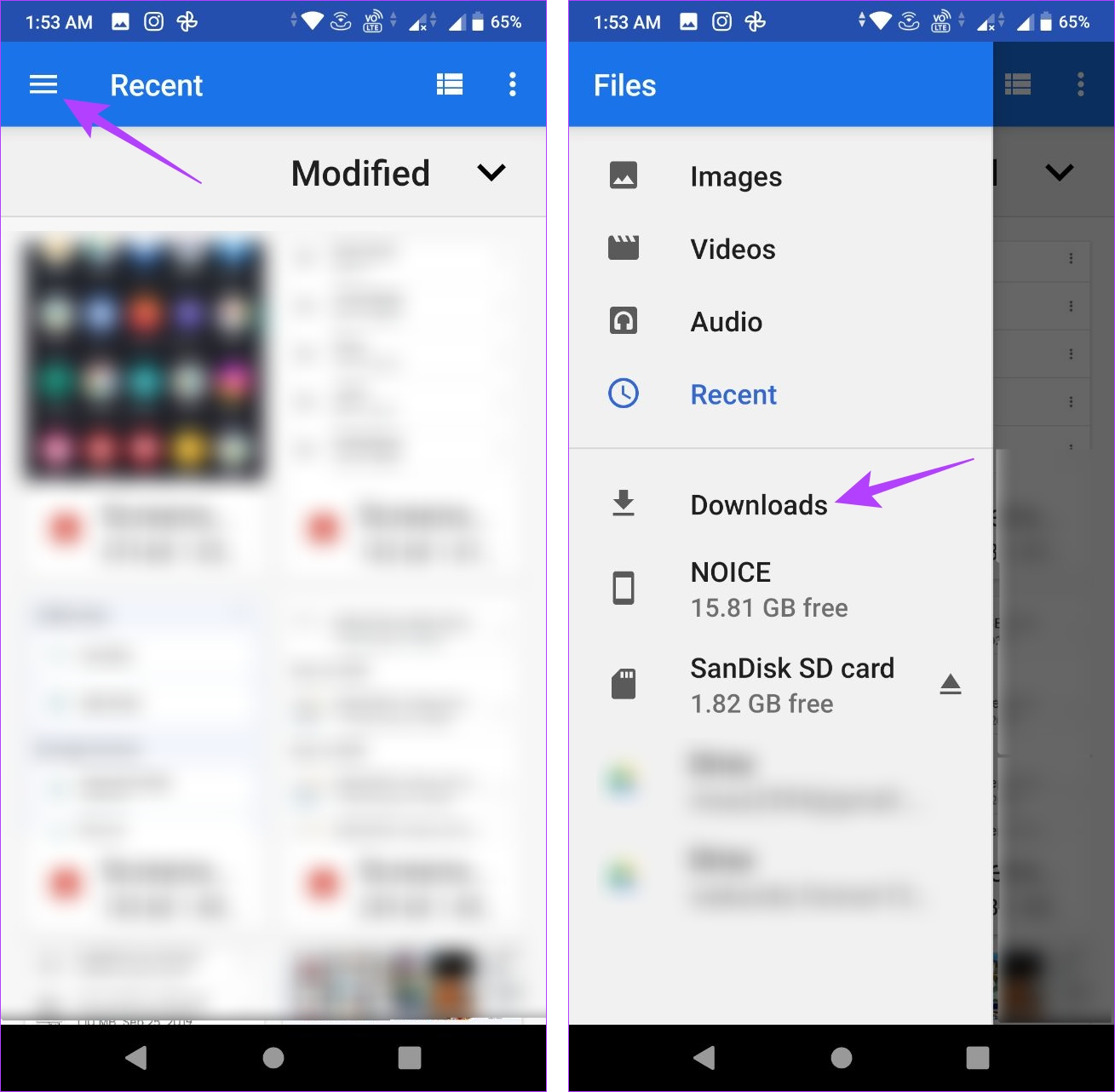Examine This Report on tablet pc phone android
Examine This Report on tablet pc phone android
Blog Article
Finding downloaded files on your Android device can be a obstacle. Effortlessly, your phone can swiftly end up being cluttered with photos, video clips, screenshots, and various other data. To free up room on your tool, it's important to keep track of where your downloads are conserved. In this manner, you can quickly determine and delete unneeded data.

If you're having difficulty locating a crucial documents that seems to have actually vanished right into thin air, are afraid not! This overview is here to aid you track it down and get your Downloads folder in order. Whether you're a honored owner of among the top-rated Google Pixel phones or another Android gadget, we'll show you exactly how to rapidly locate your downloads and keep them nicely organized.
Locate your downloads with the default file supervisor
Each mobile phone supplier may supply a slightly various built-in Android application for file administration, but your experience should be comparable. If you possess a Samsung phone, refer to our tutorial, which demonstrates how to discover downloads on your Samsung Galaxy phone.
Just like various other preferred operating systems, Android has actually a designated Downloads folder for keeping documents. To locate your downloaded data on your tool, follow these actions:
1. Open up the Files or My Data application from the home display or app drawer.
2. Try to find a section called Downloads.
3. Tap it to check out the documents you downloaded.
Use the Data by Google application for your downloads
Several Android data supervisor applications on the Google Play Store enable you to situate your downloaded files. Data by Google is just one of the best choices if you do not intend to handle challenging UIs. It's also a great substitute for any default file supervisor application preinstalled on your device.
4. Open up the Documents application.
5. Select the Browse tab near the bottom.
6. Faucet Downloads.
7. Select the Download and install tab to see the data because folder.
Find your downloads manually
Navigate to your phone's internal storage if you can't find the storage space area of the Downloads folder on the homepage of your documents manager application. Right here's exactly how you do it:
1. Open up the Data application.
2. Select the Browse tab at the bottom.
3. Scroll down and go to Inner storage space.
4. Touch the Download and install folder.
Relocate your downloads to one more location
Transferring files out of the for various factors, especially for files that hold delicate or individual information. Placing such documents in their assigned folder enhances their security and minimizes the danger of unintentional deletion. In addition, it assists prevent them from being lost among the multitude of unrelated files you may download.
1. Open the Files app.
2. Navigate to your Download folder.
3. Tap the three-dot menu to the right of any file.
4. Choose the Move to option.
5. Tap Internal storage at the bottom.
6. Select any location or folder.
7. Tap Move here to transfer the file to that location.
You can also use the Copy to option and paste these files to another location. This allows you to create as many duplicates as you free download for android tablet want without removing the original files from your Download folder.
View the exact location of your downloadsM/b >
You may want to see the location of the Download folder for various reasons from time to time. Tap the three-dot menu next to one of your downloaded files and go to File info. The/ storage/emulated/0/ Download path is the default for many modern Android devices. Some third-party web browsers might save files to a different folder, but this should be the location for most downloads.
Managing your downloads is easier than you think
The Files app by Google is an excellent choice for those who appreciate a straightforward file management solution. With its user-friendly interface and simple features, this app effectively categorizes your files into different types such as downloads, images, videos, and audio. Additionally, it provides the option to remove unnecessary files.
Speaking of tidying up, you can free up more storage space by learning how to delete unwanted WhatsApp media files. You can install an SD card on some Android devices if you're still short on space.
Report this page